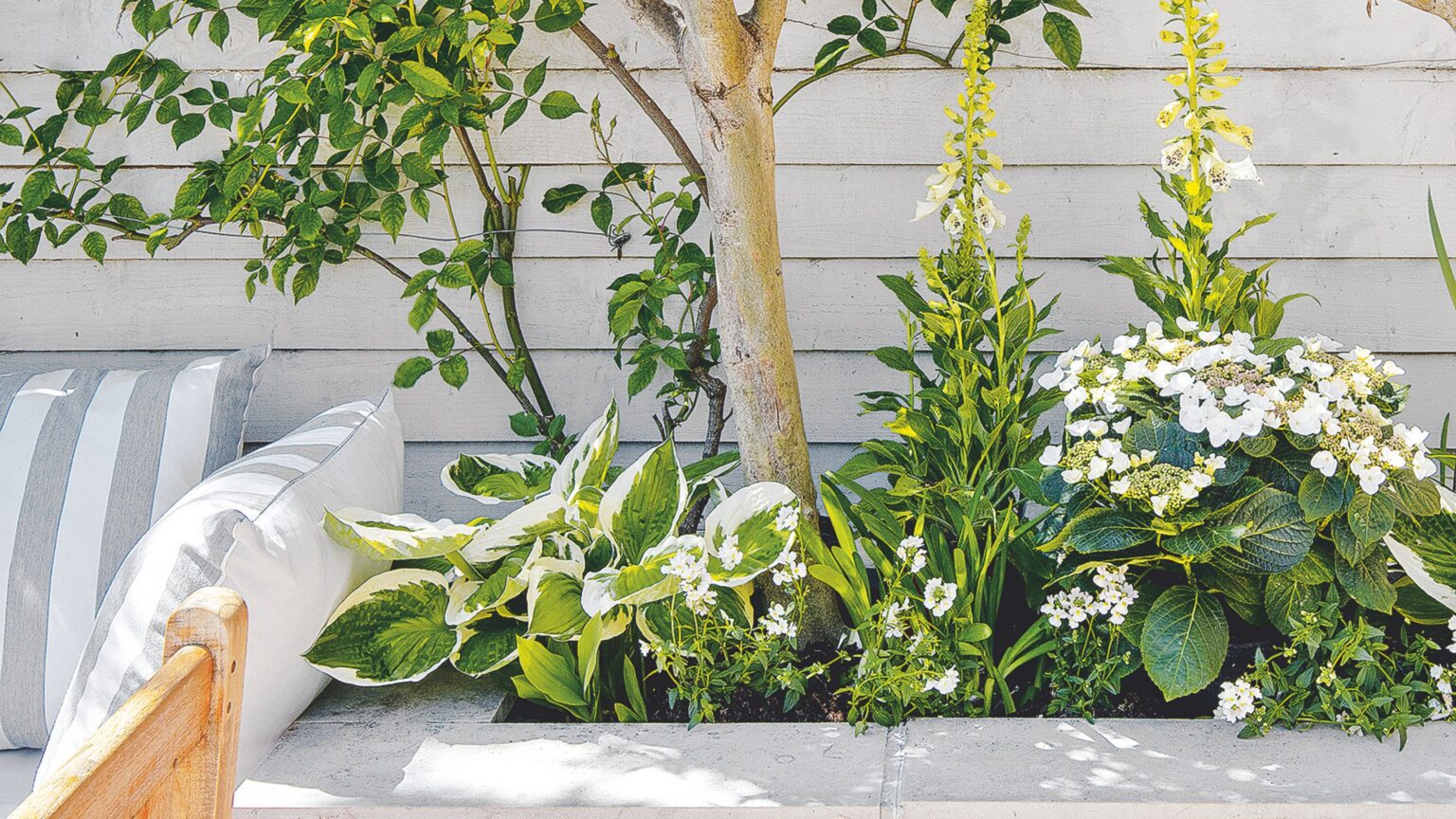There is more power in unity than division… except when it comes to your garden! In fact, learning which perennials to divide in September is the key to a thriving outdoor space.
Learning how to divide perennials is a great way to fill your flowerbeds with the best perennial plants for free. Dividing is essentially a form of propagation where you dig up the whole plant and separate it at the roots. Every plant needs to be divided differently depending on its root type, with some being split with a knife and others with a garden fork.
Dividing herbaceous perennials is one of the easiest and most rewarding autumn jobs. It keeps plants vigorous, prevents overcrowding, and gives you free plants to spread around your garden.
‘September is a good time because perennials won’t have entered dormancy yet, so they recover quickly,’ says Morris Hankinson, director of Hopes Grove Nurseries.
September and October are the perfect months to divide some perennials thanks to warm soil and regular rainfall, but not all of them. These are the ones that you should be focusing on in September.
Still, it’s only worth doing if you’re going to do it right, so it’s important to read up on which perennials to divide in September before you get started.
Which perennials to divide in September
‘It’s a good rule of thumb to divide summer flowering perennials in autumn, and tackle spring bloomers just after they’ve flowered in the summer,’ says Christopher O’Donoghue, professional gardener and director of Gardens Revived.
This means, then, that the following perennials are all good candidates for dividing in September…
- Daylilies – use two garden forks to divide the root mass.
- Hostas – when dividing hostas, use a sharp, clean knife to cut through the roots.
- Bearded irises – bearded irises should be divided every three to five years using a sharp knife.
- Peonies – you can propagate peonies through division by using a sharp spade to cut the root into pieces with three to five ‘eyes’.
- Phlox paniculata – to divide, cut around the root ball with a sharp spade.
- Rudbeckia – every three to five years, dig up and divide into small clumps.
Asters and echinacea are all good perennials to divide in September, too. However, Christopher notes that you should delay work on ‘anything flowering now, as you’ll losing late-season colour and stressing the plant before winter’.
This means that you should stay your hand when it comes to sedums or heleniums if you want to avoid disrupting their display. Spring, when the soil is dry enough to work, will work just as well.
Of course, there is one caveat to all of this; if it’s a particularly wet autumn, you’ll likely be better off waiting until the springtime.
What you’ll need
As anyone who’s ever tried this budget-friendly garden idea before will tell you, the equipment you need is entirely dependent on the perennials you’re working with.
Still, as a general rule of thumb, it’s a good idea to have the following to hand…
What are the easiest perennials to divide?
Clump-forming perennials (of the non-woody variety) are usually the easiest to divide as the process is basically designed for them! Think salvia, sedum, and phlox, to name just three. You’ll find it much simpler to work on those plants that have been established for a few years, too.
And just like that, you know which perennials to divide in September. Just be sure to ‘give plants a thorough water after dividing and replanting,’ advises Morris.
‘Remember: dividing perennials doesn’t just create new plants – it’s an investment in the overall health and longevity of your garden,’ he adds.
And just like that, we’re feeling inspired. Here’s hoping the rain holds off long enough for us to get to work, eh?
Read the full article here

